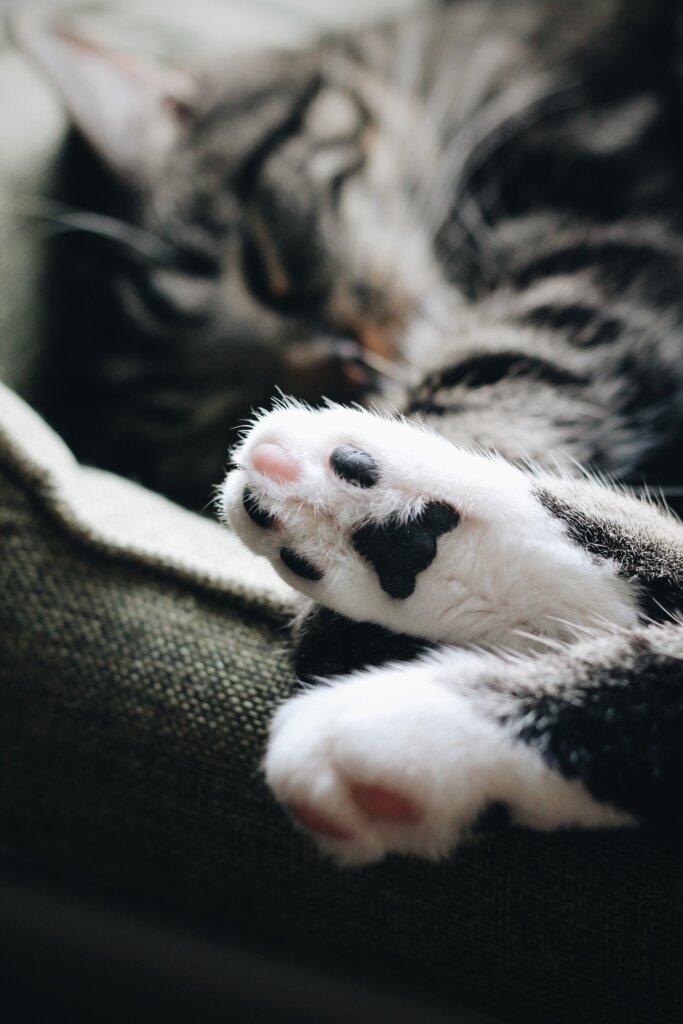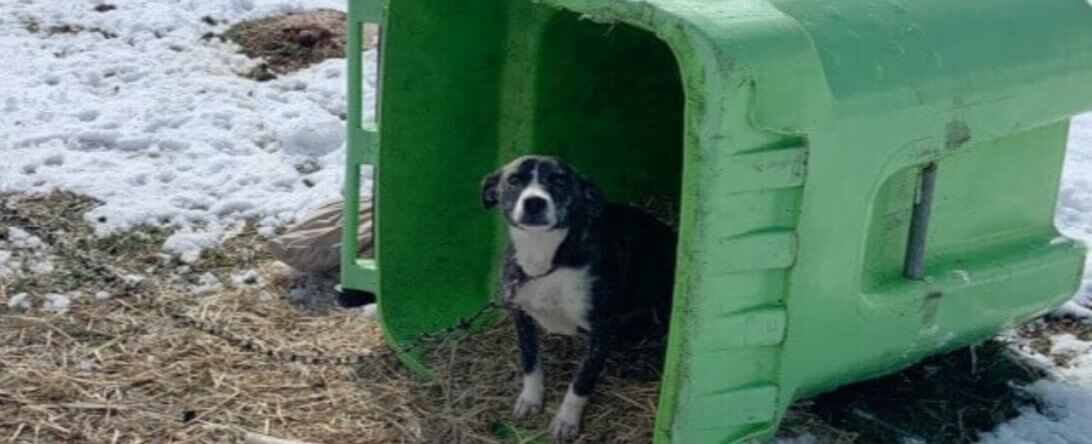Why Cats Should Never Be Declawed
Declawing a cat is the equivalent of cutting a human’s fingers off at the first knuckle. Ouch.
To cats, clawing is a natural, healthy, and important behavior. Claws are a means of escape if a cat is being pursued, but clawing also allows felines to exercise and enjoy themselves, maintain the condition of their nails, and stretch their muscles.
Don’t ever let anyone convince you that it’s OK to have a cat declawed—it’s not. It’s a serious surgery that involves 10 individual amputations—not just of the cats’ nails but of the last joint of each toe as well. Cats often experience extreme pain when they awaken from the surgery and often have difficulty walking. Declawing results in a gradual weakening of leg, shoulder, and back muscles. Because of impaired balance caused by the procedure, declawed cats have to relearn how to walk, much as a human would after losing their toes. After the surgery, the nails can grow back inside the paw—unnoticed by guardians—causing cats extreme pain.
Declawing is NOT like a manicure.
Without claws, cats who previously used a litterbox without problems often start urinating and defecating outside the box. Declawed cats may become morose, reclusive, withdrawn, irritable, aggressive, and unpredictable. Many people think that declawed cats are safer around babies, but the lack of claws (a cat’s first line of defense) actually makes many of them feel so insecure that they tend to bite more often as a means of protection.
Nearly two dozen countries (including Australia, England, and Japan) have prohibited veterinarians from performing the painful, permanently crippling, and mutilating procedure—or severely restricted it. Several U.S. cities have become leaders in compassionate cat care by outlawing declawing procedures, and two U.S. states have successfully banned it—Maryland (in 2022) and New York (in 2019). The tide is turning, and several states are making progress by introducing legislation that would make declawing illegal.
Many compassionate veterinarians refuse to declaw cats even in areas where the procedure is legal, because declawing is cruel and of no benefit to cats—and it violates veterinarians’ oath to “do no harm.”
Cats can be taught not to scratch furniture with the aid of a scratching post and firm, consistent instructions on where they may and may not scratch. The following tips will help:
- Get two or more scratching posts! They must be sturdy, tall enough to allow the cat to stretch (3 feet or taller), and properly placed. Bark-covered logs or posts covered with sisal or tightly woven burlap work well. Place one scratching post where your cat is already clawing and another near the area where they normally sleep. (Cats like to stretch and scratch when they first wake up.)
- Consider cardboard or sisal “scratching boxes” that lie flat on the floor. These are inexpensive and small enough to scatter around the house, allowing your cat easy access to an “approved” scratching spot at all times. They do wear out fairly quickly, however, and will need to be replaced every few months—otherwise, cats may get frustrated and revert to using furniture.
- Make the scratching post a fun place to be. Play games with your cat on and around the post, and attach hanging strings, balls, or bouncy wire toys to it.
- Try sprinkling catnip on the post, too. (A once-a-week refresher application will keep your cat interested.) When your kitty uses the post, reinforce this behavior with praise, but be careful not to startle or frighten them.
Skip the mutilation. Cats need their claws!
Text peta2 to 30933 for ways to help animals, tips on compassionate living, and more!

Terms for automated texts/calls from peta2: http://peta.vg/txt. Text STOP to end, HELP for more info. Msg/data rates may apply. U.S. only.






